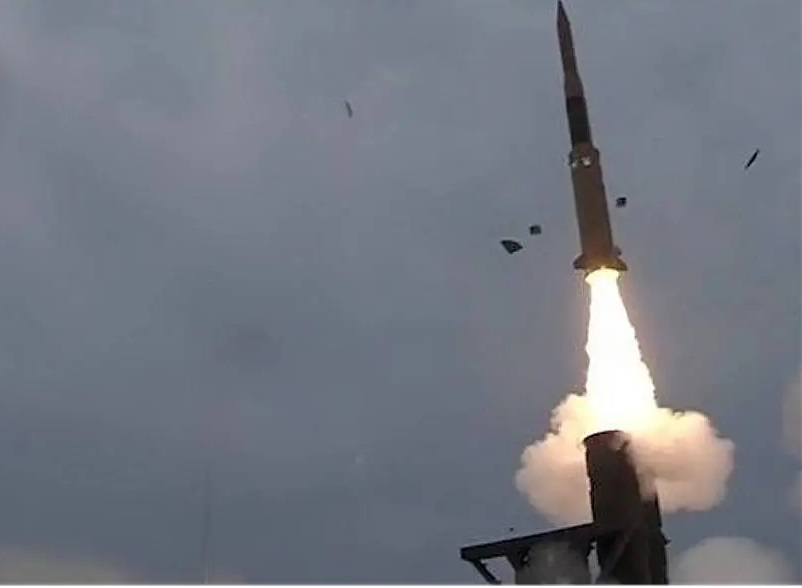The South Korean state-run Agency for Defense Development (ADD) revealed to the press corps the whole process of the interception test on the Long-range Surface-to-Air Missile (L-SAM) at its Anheung testing site in Taean, 109 kilometers southwest of Seoul, for the first time. South Korea succeeded in a test of a key homegrown missile interceptor under development earlier this week, the third such success out of four tests so far, as it is cranking up efforts to deter evolving North Korean threats. Since November last year, the ADD has conducted four L-SAM interception tests. Of them, three tests, including the latest, succeeded. Since November last year, the ADD has conducted four L-SAM interception tests. Of them, three tests, including the latest, succeeded.
The L-SAM is a three-stage structure, including the final-stage “Kill Vehicle.” Designed to shoot down an incoming ballistic missile at altitudes of 50-60 kilometers, it is a key element of the country’s low-tier multilayered anti-missile shield, called the Korea Air and Missile Defense (KAMD).
“The L-SAM capability that extends the missile defense to the upper layer of the terminal phase (of a missile flight) will not only improve the capabilities to respond to North Korean missile threats but also contribute greatly to strengthening the missile defense capability of the South Korea-U.S. alliance,” Defense Minister Lee Jong-sup said.
The L-SAM is a South Korean missile defense system under development. It aims to shoot down ballistic missiles from North Korea in their terminal phase. It will use a trailer-mounted S band AESA radar. It will be an upper-tier interceptor for a layered defense, as part of the Korean Air and Missile Defense (KAMD) project, slated to be ready in the early 2020s, with the lower tier composed of Patriot PAC-3 and KM-SAM batteries. The L-SAM system is expected to use two types of interceptors: one for aircraft and the other for ballistic missiles. An L-SAM battery will consist of a multifunction radar, a command-and-control (C2) center, a combat control station, and four truck-mounted launchers, two for each missile type.
Its first successful test-firing occurred on 23 February 2022 to see if the interceptor could fly on an intended trajectory and fall accurately on a pre-set spot. On 25 April 2023, the 153rd Defense Acquisition Program Promotion Committee deliberated and approved on a plan to develop a new missile defense system with a higher intercepting altitude than the existing L-SAM with a budget of 2.71 trillion won by 2035. The new missile system, named L-SAM 2, includes high-altitude interceptor missiles and glide phase interceptor (GPI) missiles, and is estimated to have an interception altitude of 180 km. L-SAM development is scheduled to be completed by 2024 and mass production to begin in 2025. Additionally, ADD plans on developing improved L-SAM-II and Cheongung-III (KM-SAM Block-III) in the future.













